
The Sig Sauer M17 and M18 are the new kids on the block, having recently replaced both the iconic M1911 and the M9 Beretta as the standard sidearms in the U.S. military arsenal.
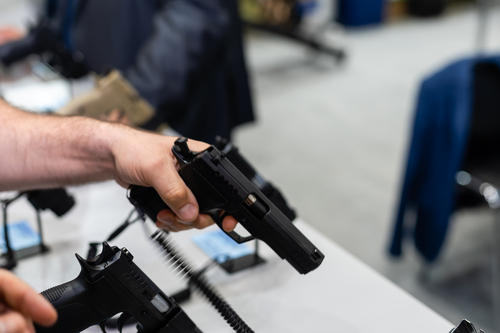
These changes mark a significant evolution in the gear of American soldiers, a narrative marked by veteran preferences, technological advancements, and the rigorous demands of combat.
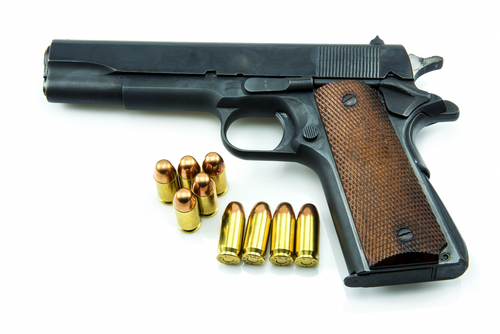
The M1911, a classic whose roots trace back to its introduction in 1911, served valiantly across many conflicts, from the World Wars to the jungles of Vietnam.
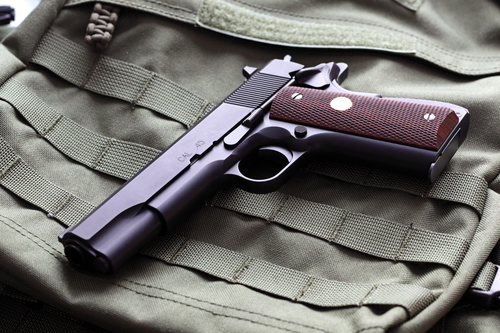
Its robust design and the stopping power of the .45 ACP cartridge made it a revered piece of military history.
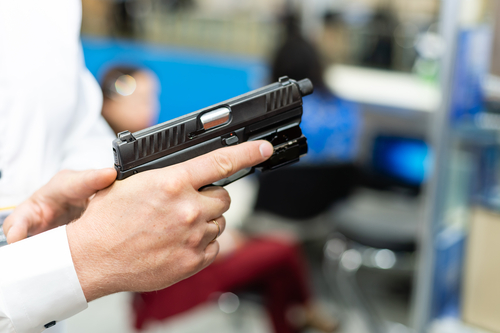
In contrast, the Beretta M9, introduced in 1985, brought a modern design with a 9mm cartridge, offering a higher capacity and a double-action trigger—a feature that required practice to master but contributed to its standing as a reliable sidearm.
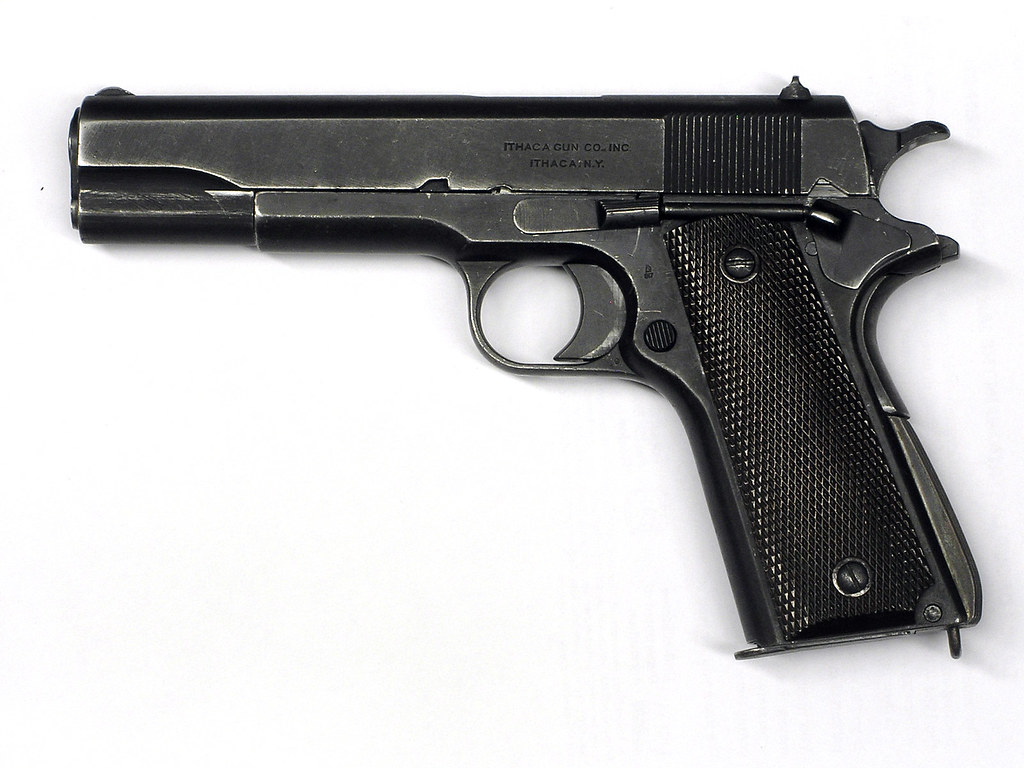
Veteran Kyle Lamb, with extensive experience in the use of both pistols, reveals that while a fresh, out-of-the-box M9 might have the upper hand over an M1911 in build quality, his personal preference leans toward the latter.
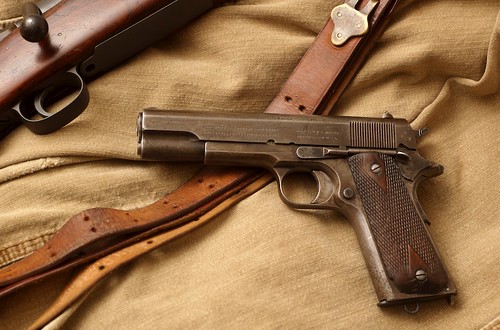
Lamb points out that a “rack-grade 1911 will rattle if you shake it,” a sign of manufacturing discrepancies, and yet, after considerable modification and fine-tuning—often costing thousands of dollars—the M1911 can be transformed into a pistol of exceptional performance and reliability.
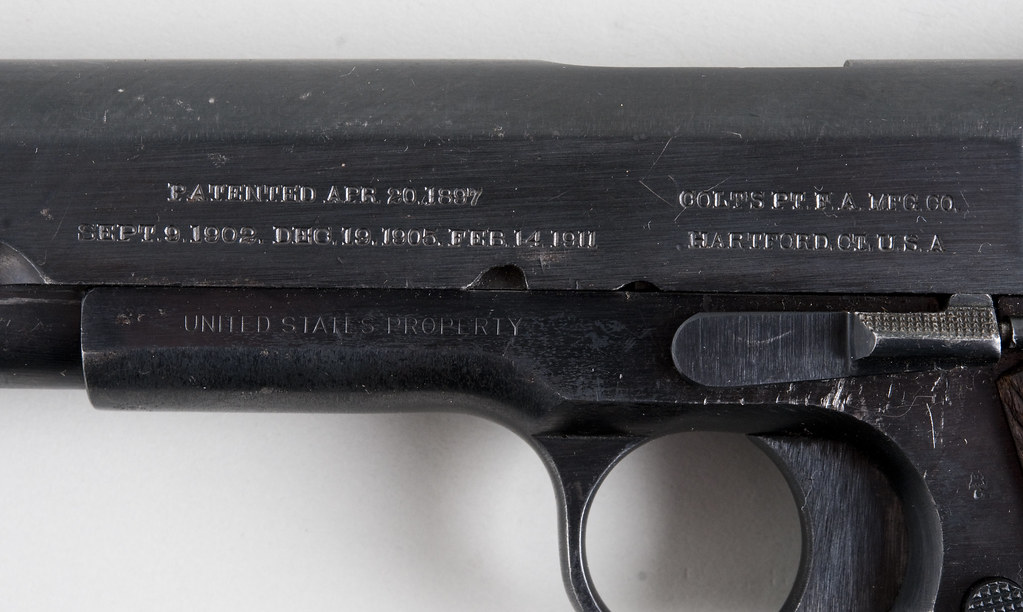
The Beretta M9 is not without its quirks either. Its thick grip and long trigger reach have been points of criticism, especially for shooters with smaller hands.
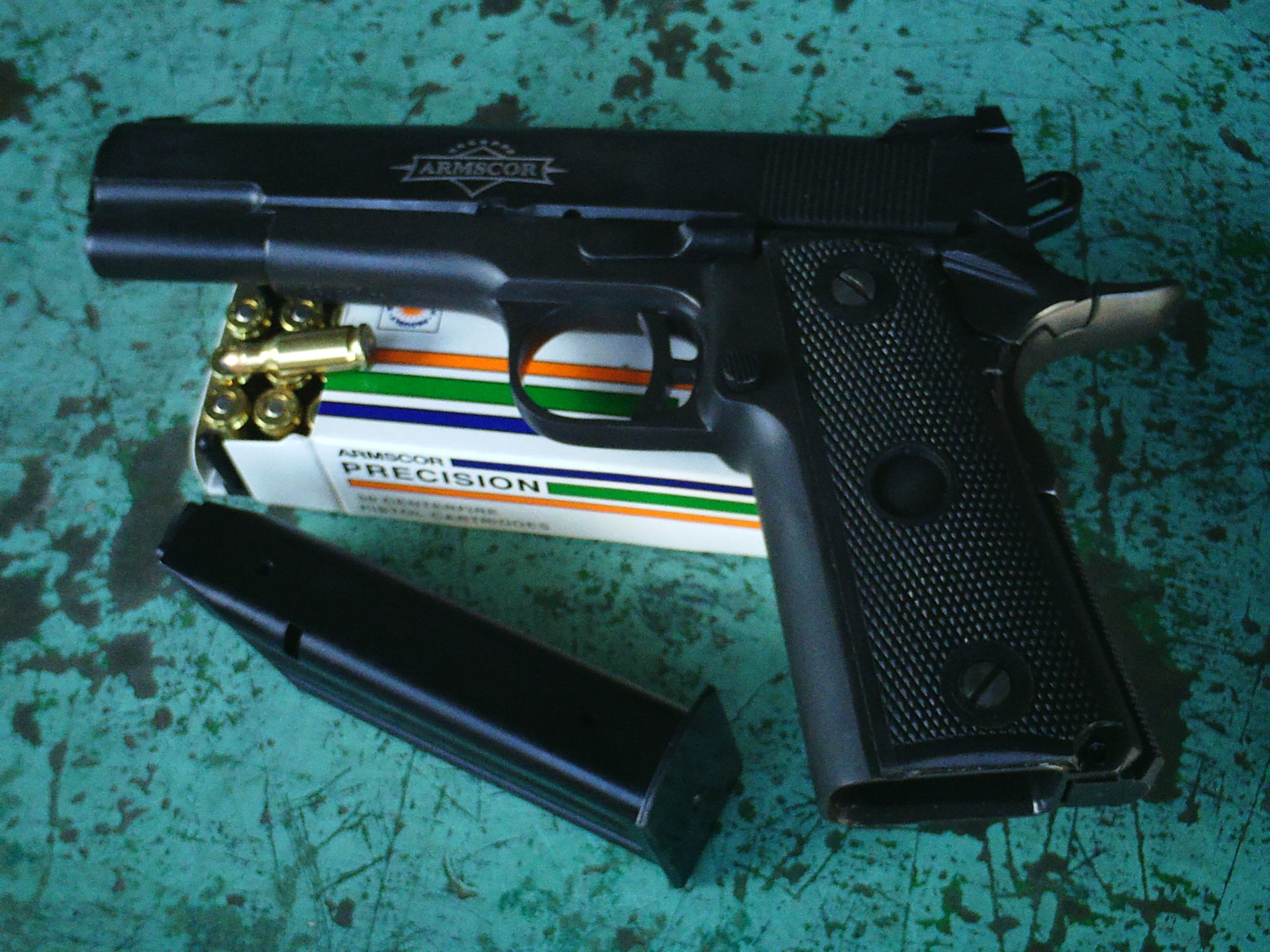
And while its loaded weight comes in at around 40 ounces, the same as the standard M1911, some find the M9’s controls awkward, and its fixed steel sights frustrating when customization is desired.
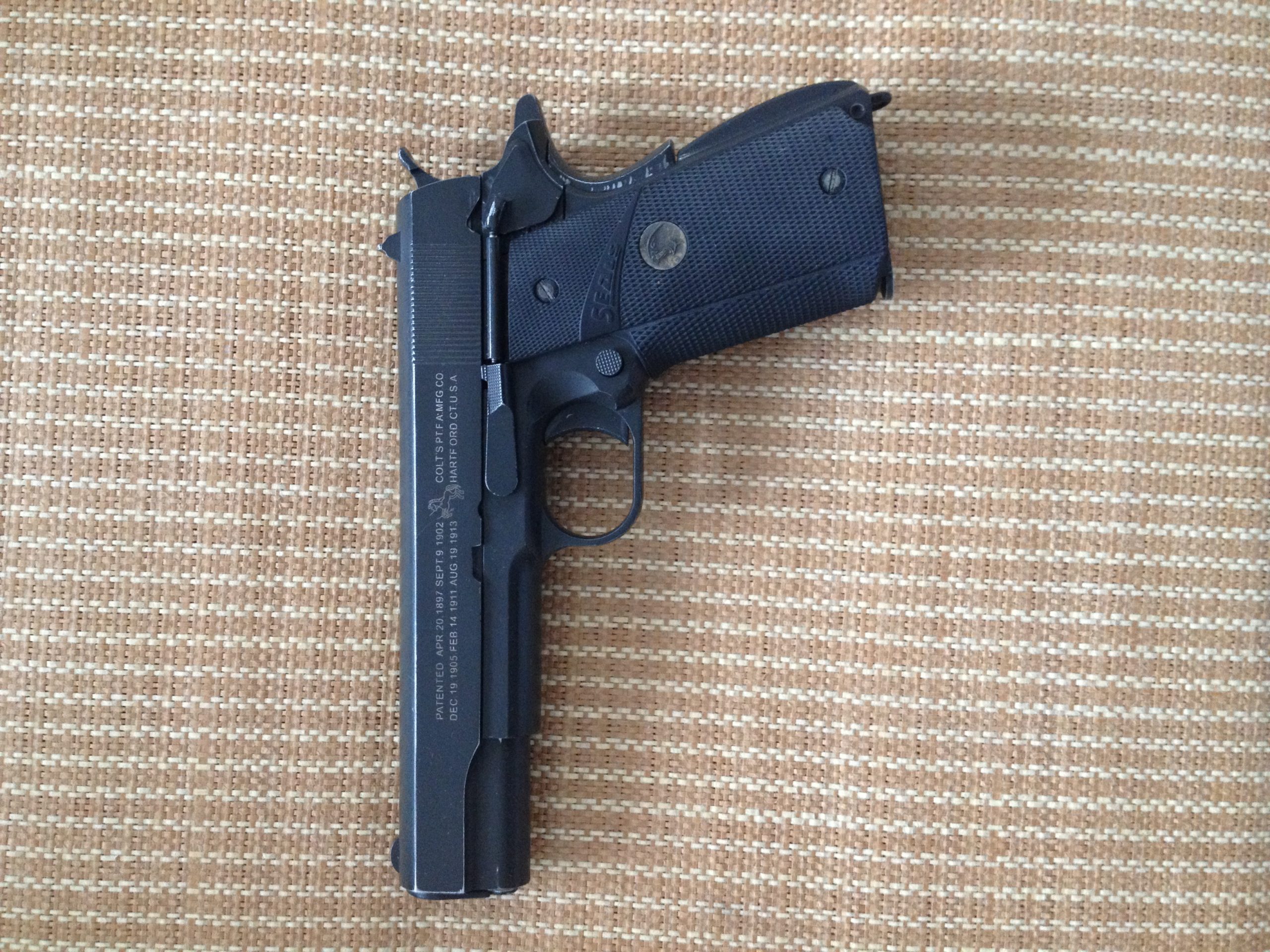
Despite these factors, Lamb speaks to the familiarity and comfort that come with the M1911. “I don’t shoot my 1911 like I used to,” he stated, “But I can pick it up, and it feels like an old handshake.” This combat familiarity, combined with a preference for modifications, gives the M1911 an edge for Lamb and others like him who have wielded these weapons in the line of duty.
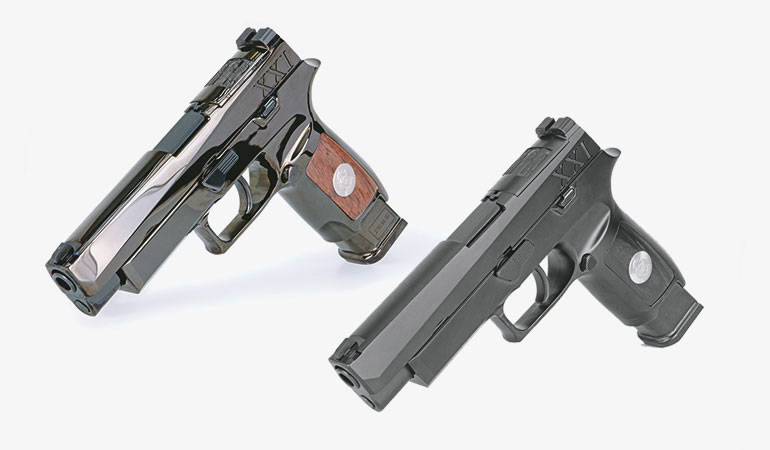
Interestingly, Lamb also acknowledges the superiority of the new M17 and M18 models over both the M1911 and M9. The military’s shift to these models aligns with a broader trend towards modernization and standardization. But the debate continues amongst enthusiasts and veterans, with considerations of capacity, safety, and handling all playing a role.
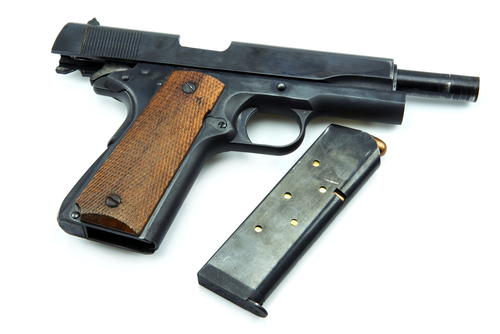
As the M1911 and M9 phase out, the impact of user preference and the legacy of these firearms remain significant. They represent not just tools of warfare but also symbols of eras and the personal stories of those who carried them.
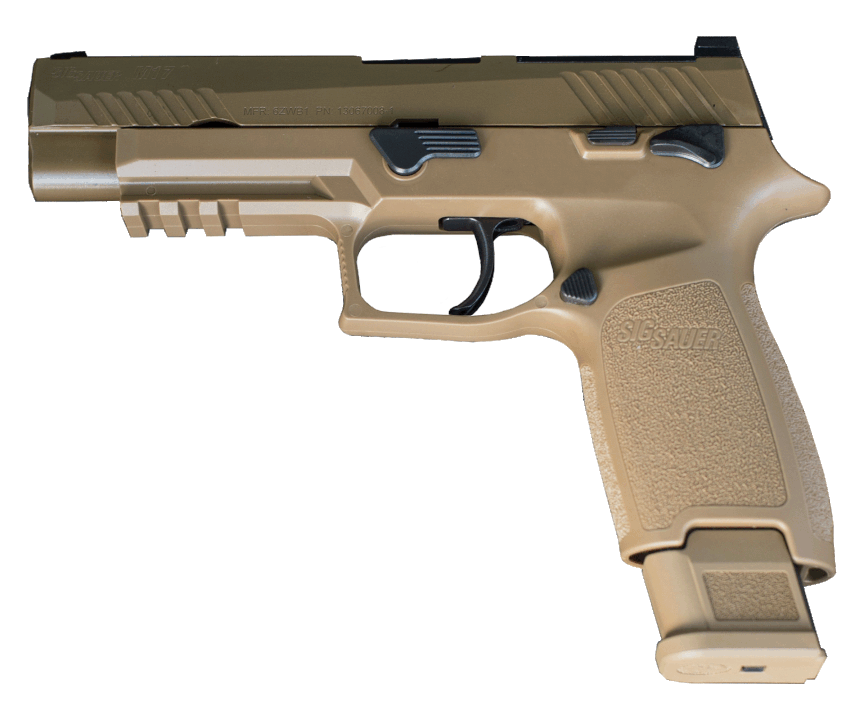
The transition to the Sig Sauer M17 and M18 may indeed offer enhanced capabilities, but the storied past of their predecessors will continue to evoke discussions and comparisons for years to come.
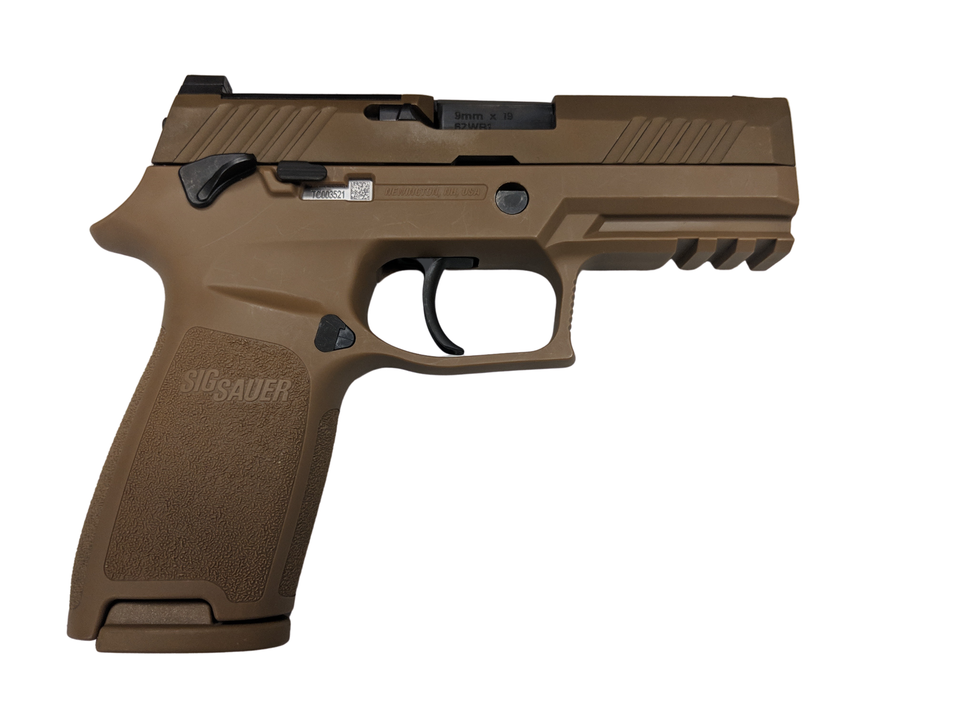
While the new models may promise improved performance, Lamb’s preference for the M1911, even over the M9, speaks volumes about the enduring bond between a soldier and their sidearm. It’s a relationship built on trust, reliability, and a history of service that transcends specifications on paper.
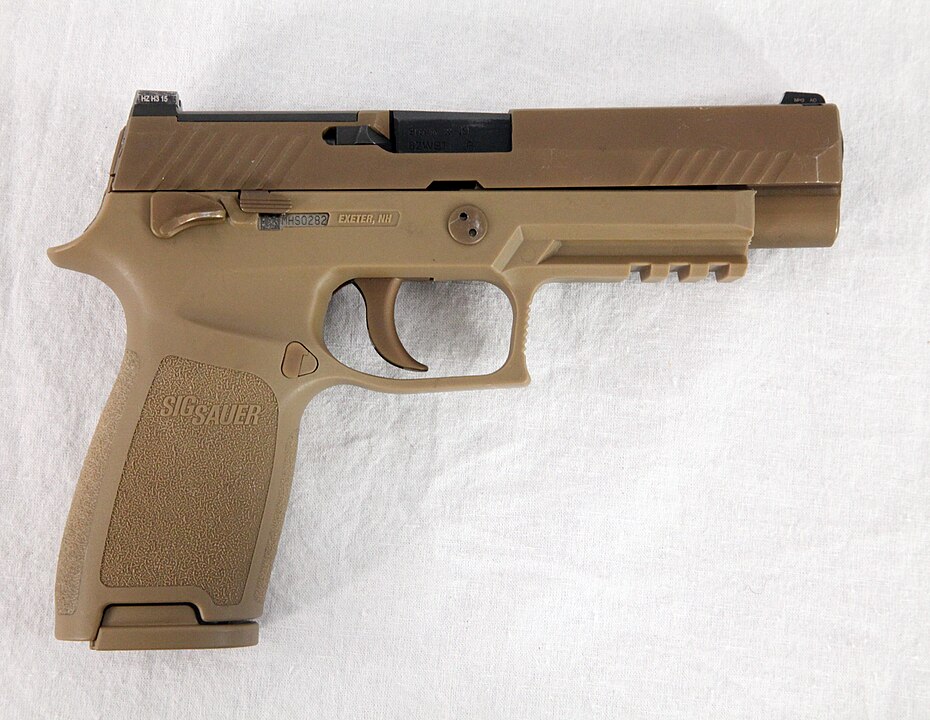
As the military story continues to unfold with each technological advancement, the personal tales and preferences of combat veterans like Lamb offer a fascinating glimpse into the real-world application of these weapons. While the M1911 and M9 may no longer be the standard, they have indelibly etched their place in military history.
